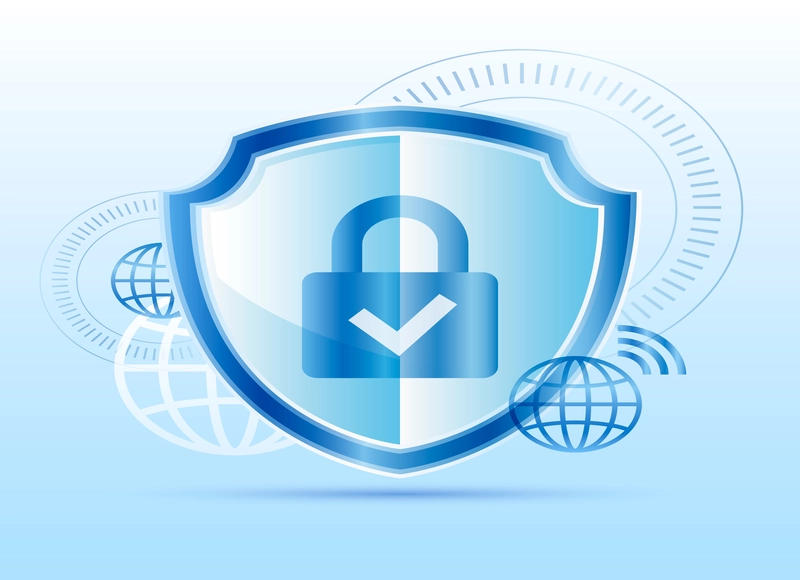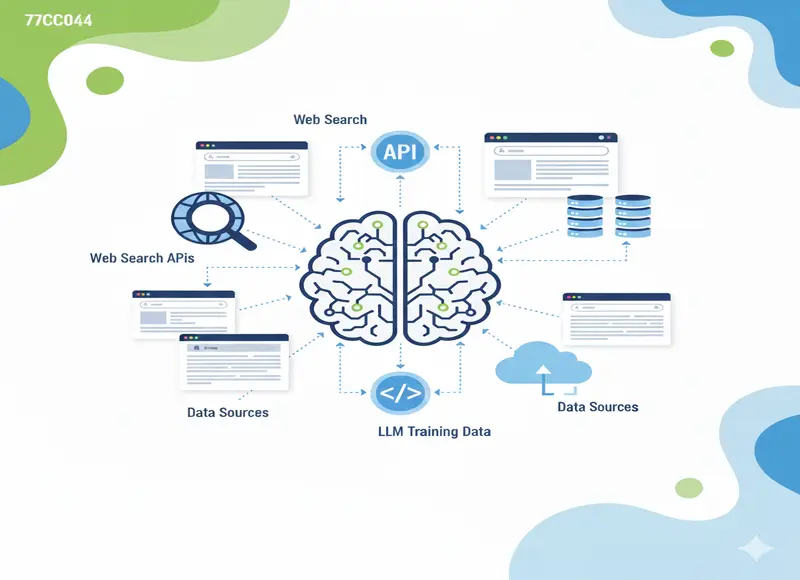Table of Contents
Discover the ultimate guide to fortifying your website against online threats with "How to Shield Your Website from Online Attacks Using Real OSINT Insights." This comprehensive resource equips you with actionable strategies and real-world intelligence.

Every second your website is online, it’s a potential target. From SQL injections and phishing exploits to DDoS attacks and data-scraping bots, no digital presence is truly safe without actionable defense strategies.
While firewalls and two-factor authentication provide the basics, serious protection requires more dynamic tools. The most effective defenses often integrate top OSINT tools into your digital security setup.
Open-source intelligence (OSINT) has evolved into an essential layer of protection for any serious cybersecurity stance. By analyzing external data, monitoring black markets, and detecting exposed employee credentials, OSINT tools extend your view beyond internal systems. That’s exactly where attackers stalk your vulnerabilities.
Layering Defense for Real-World Threats
Effective website protection depends on recognizing threats before they strike. That’s not paranoia—it’s preparation. Tools that collect and analyze publicly available data give security teams the situational awareness they need. For instance:
- Domain monitoring reveals lookalikes used in phishing schemes before they go live.
- Credential leak detection prevents re-used passwords from becoming the backdoor of your CMS or client portals.
- Threat actor profiling helps identify patterns, connections, and motives behind malicious activity directed at your infrastructure.
These use cases reflect what separates average monitoring platforms from the best OSINT tools. Sophisticated attackers don’t just ping IPs—they build strategies from your exposed surface:
Outdated plugins, leaked emails, or even unsecured API endpoints. OSINT transforms every open website-related artifact into an opportunity to shut down vulnerabilities early.
Why Traditional Security Falls Short
Conventional website protection focuses primarily on reactive methods. A patch here, a redirect there. The problem? Most bots and threat actors operate outside your infrastructure. You’ll never stop them completely from trying, but you can sabotage their reconnaissance. That’s where intelligence-led defense comes in.
When OSINT tools scrape forums, paste sites, GitHub repos, and social platforms for mentions of your assets, you get continuous updates about what attackers might already know. With the best OSINT tools wired into your security approach, you stay one step ahead—with real data, not guesses.
- Find your site’s exposure points—subdomains, login endpoints, and misconfigured S3 buckets.
- Monitor employee mentions or leaked credentials tied to your domain in dark web environments.
- Track IP reputation in real time, including listings on spam or botnet databases.
- Map threat relationships using link-analysis graphs to trace phishing kits, cloned websites, or fake apps back to their source.
Your hosting plan isn’t built for this. SIEM systems aren’t without open-source feed integration. Fortunately, top-tier OSINT platforms already streamline this data for security analysts, giving mid-sized teams massive protective reach over their brands and infrastructure.
Spotting Early Warning Signs of a Breach
Every cyberattack has a buildup—small, often-overlooked indicators that something’s off. These early signs might appear as leaked credentials on paste sites, unexpected DNS changes, or your company’s name surfacing on dark web forums.
By the time these signals evolve into a full-blown incident, the window to act is already shrinking. That’s where OSINT steps in, helping security teams stay a step ahead by casting a wider net beyond traditional monitoring tools.
With OSINT, organizations can track digital exhaust in real time, monitoring code repositories, SSL transparency logs, threat actor chatter, and traffic anomalies. The goal isn’t just to react but to anticipate.
When a domain is referenced in a breach database or an open, misconfigured server leaks sensitive information, OSINT tools will mark it prior to attackers fully exploiting it. Recognizing these subtle cues enables it to keep these things within limits, informed decision-making, and ultimately, a more resilient security posture.
Indicators That Should Raise Red Flags
Early breach detection can make the difference between a minor concern and a major security breakdown. Using OSINT (Open-Source Intelligence), security teams can monitor public data and online activity. This helps them find warning signs before hackers try to attack.
Some common early warning indicators include:
- Unusual Credential Activity: Leaked login credentials surfacing on paste sites or dark web forums.
- Sudden Traffic Spikes: A surge in traffic to unusual endpoints or from unfamiliar geographies.
- Mentions on Threat Actor Channels: Your domain or IP showing up in Telegram groups, hacking forums, or threat intelligence feeds.
- Anomalies in SSL Certificates or DNS Records: Unexpected changes that may indicate DNS hijacking or MITM attempts.
- Exposed Assets in Public Repos: API keys, tokens, or internal URLs accidentally pushed to GitHub or other code-sharing platforms.
By regularly scanning OSINT sources for these subtle signals, organizations can respond faster and mitigate potential damage. It’s not just about watching internal logs anymore—what’s being said outside your perimeter matters just as much.
Reset the Balance of Information
Attackers rely on publicly available information to make the first move. It’s only fair that defenders do the same. That’s where the strategic leverage comes from—knowing exactly what’s exposed on forums, public DNS records, and decompiled apps. It also includes tracking expired SSL certificates or credentials scraped just hours ago from a compromised SaaS integration.
Shadowdragon.io gives deeper explanations and showcases real-world scenarios where OSINT flips the script. Armed with structured, relevant intel, web admins and security leads can push back against targeted attacks before they escalate into breaches.
Deploying strong password policies or updating software doesn’t match the sophistication most cybercriminals bring to the table anymore. Adding intelligence to your toolkit starts removing their advantage.
With data from OSINT tools anchored into your threat strategy, you can spot phishing kits mirrored in real time. You can also discover typo-squatted domains operating under your brand.
This also helps prevent credential stuffing attacks sourced from third-party leaks. That’s the payoff.
Turn the Web into a Defense Layer
In a world where every exposed string or unclaimed domain can become a cyber weapon, proactive visibility matters. The smartest defenders don’t wait for scanners to alert them after logs pile up. They use threat intelligence powered by the best OSINT tools to stay ahead of attackers, scraping and analyzing the same environments used by those threats.
Every defense strategy needs coverage that goes beyond the perimeter.OSINT isn’t just another buzzword; it’s a live, ever-evolving dataset that reveals context, risk, and opportunity in ways traditional systems can’t. In the fight to defend your website, context is power.
Conclusion: Power Your Website Security with OSINT-Driven Insight
Securing your website in today’s threat landscape requires more than just conventional tools—it demands visibility beyond your own systems. OSINT empowers security teams to think like attackers, uncovering blind spots before they’re exploited. From detecting leaked credentials and domain impersonations to tracing malicious actors across the dark web, OSINT turns the open internet into a proactive shield rather than a threat surface.
By integrating top OSINT tools into your defense stack, you gain the foresight to act before damage is done. It’s not about reacting to breaches—it’s about preventing them. Whether you're running a vital online business or building a growing brand, using OSINT should be a key part of your cybersecurity game plan. In the fight to stay safe online, having the right intel makes all the difference—and with OSINT, you’re not just reacting to threats, you’re staying ahead of them.
Recent Blogs
9 Operational Excellence Strategies: How Leading Enterprises Optimize Performance
-
24 Dec 2025
-
6 Min
-
194








